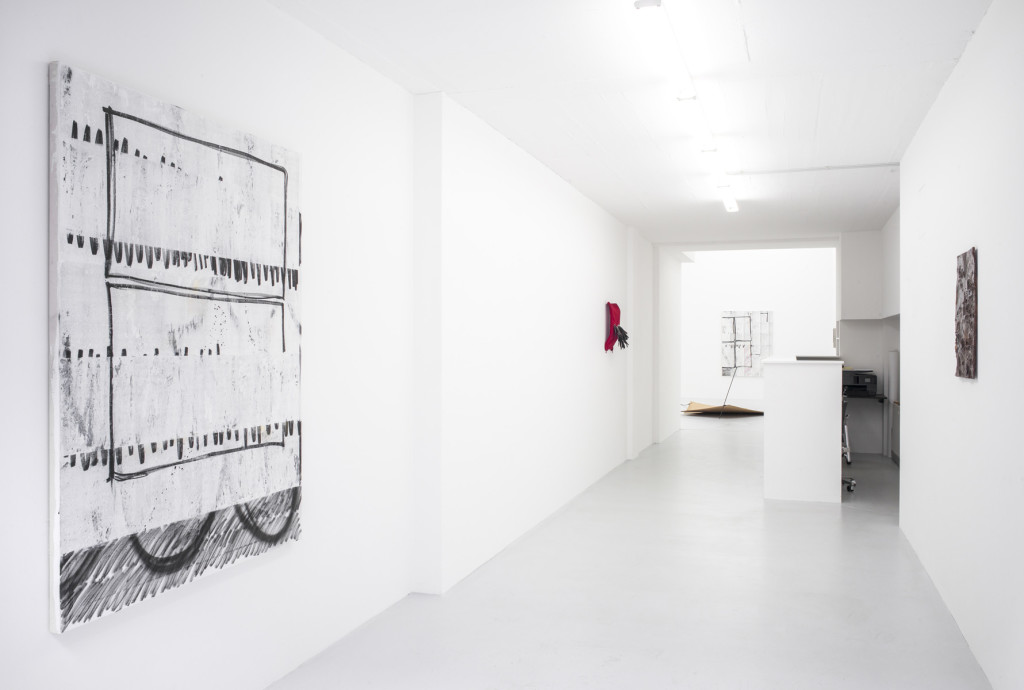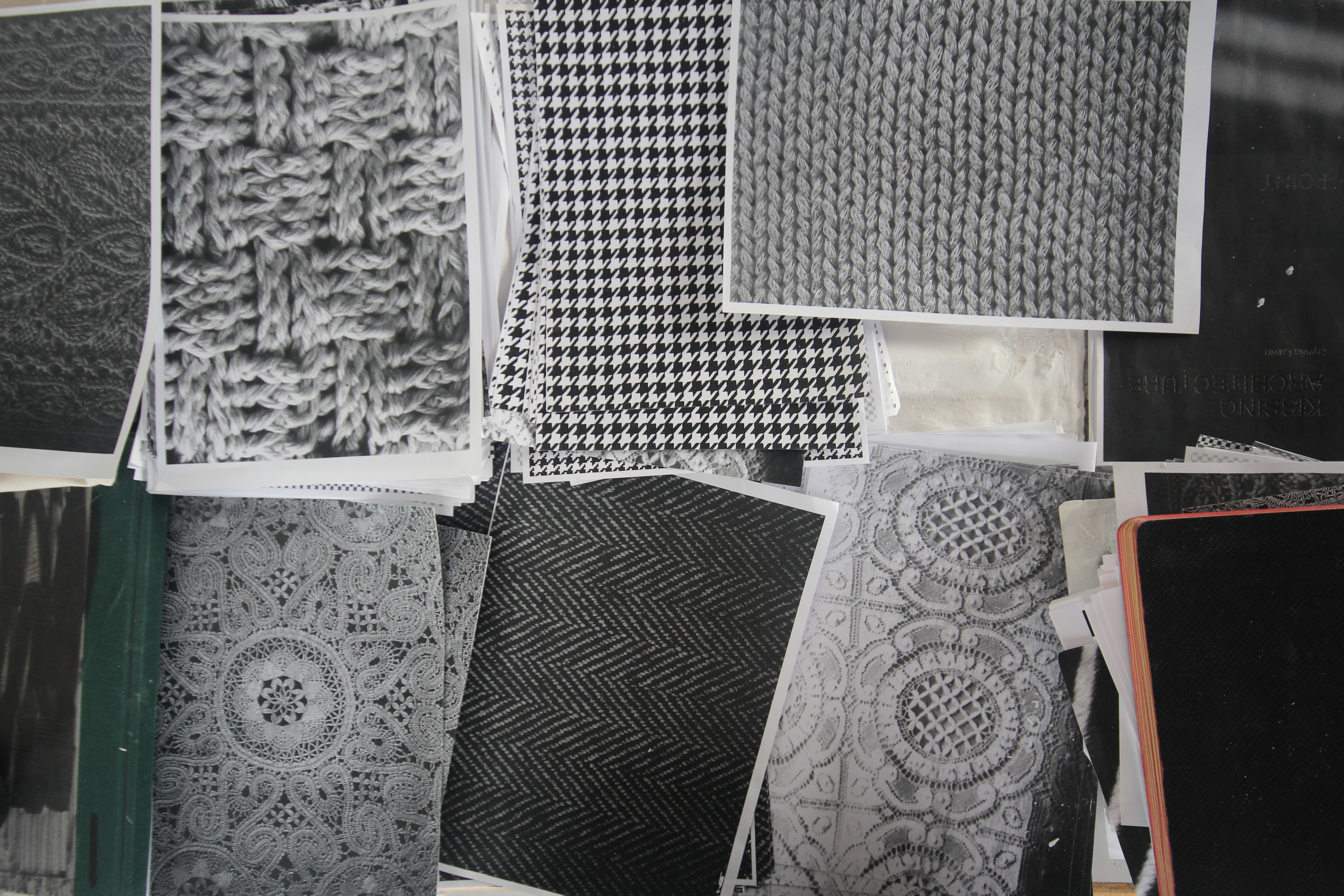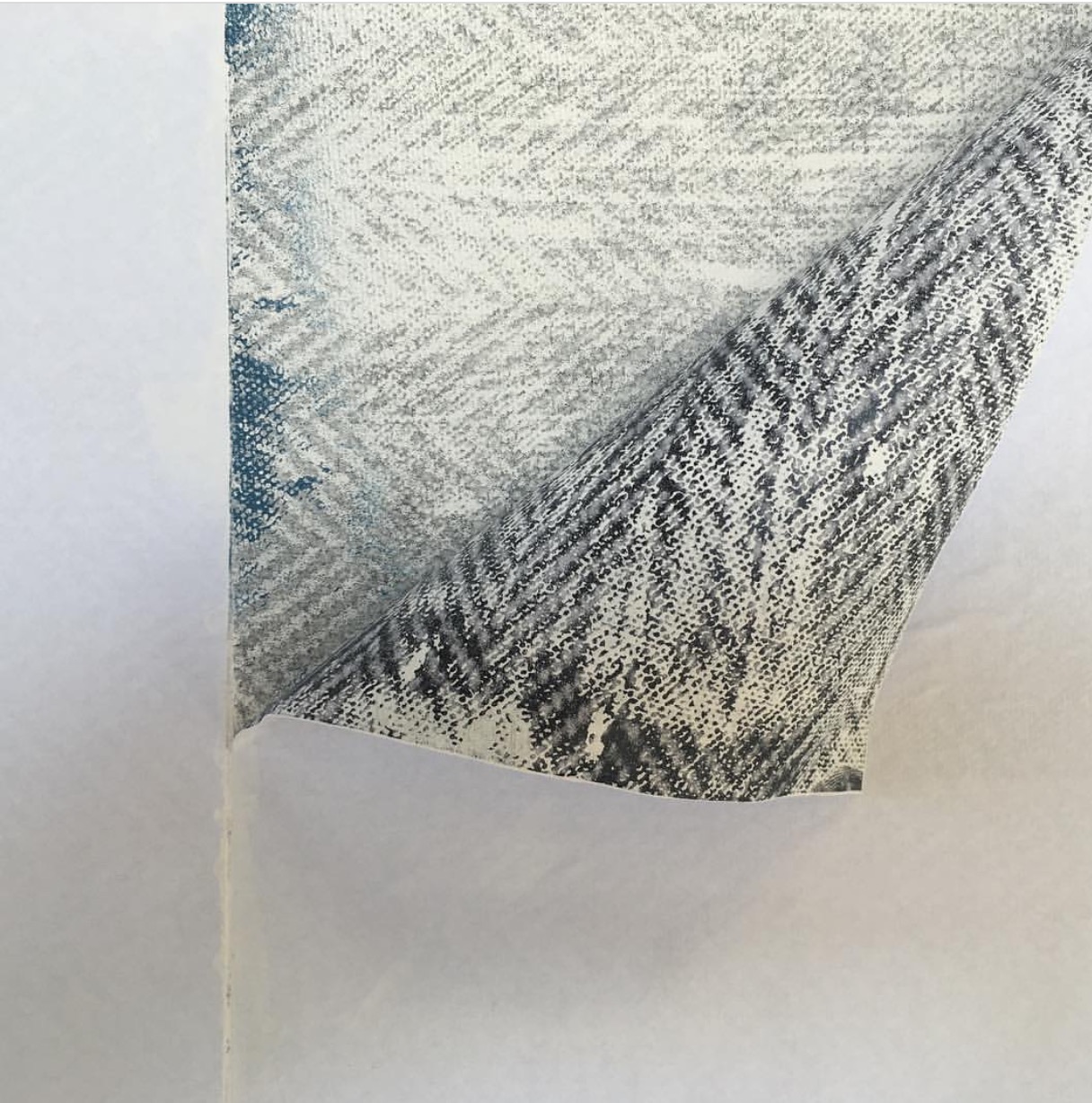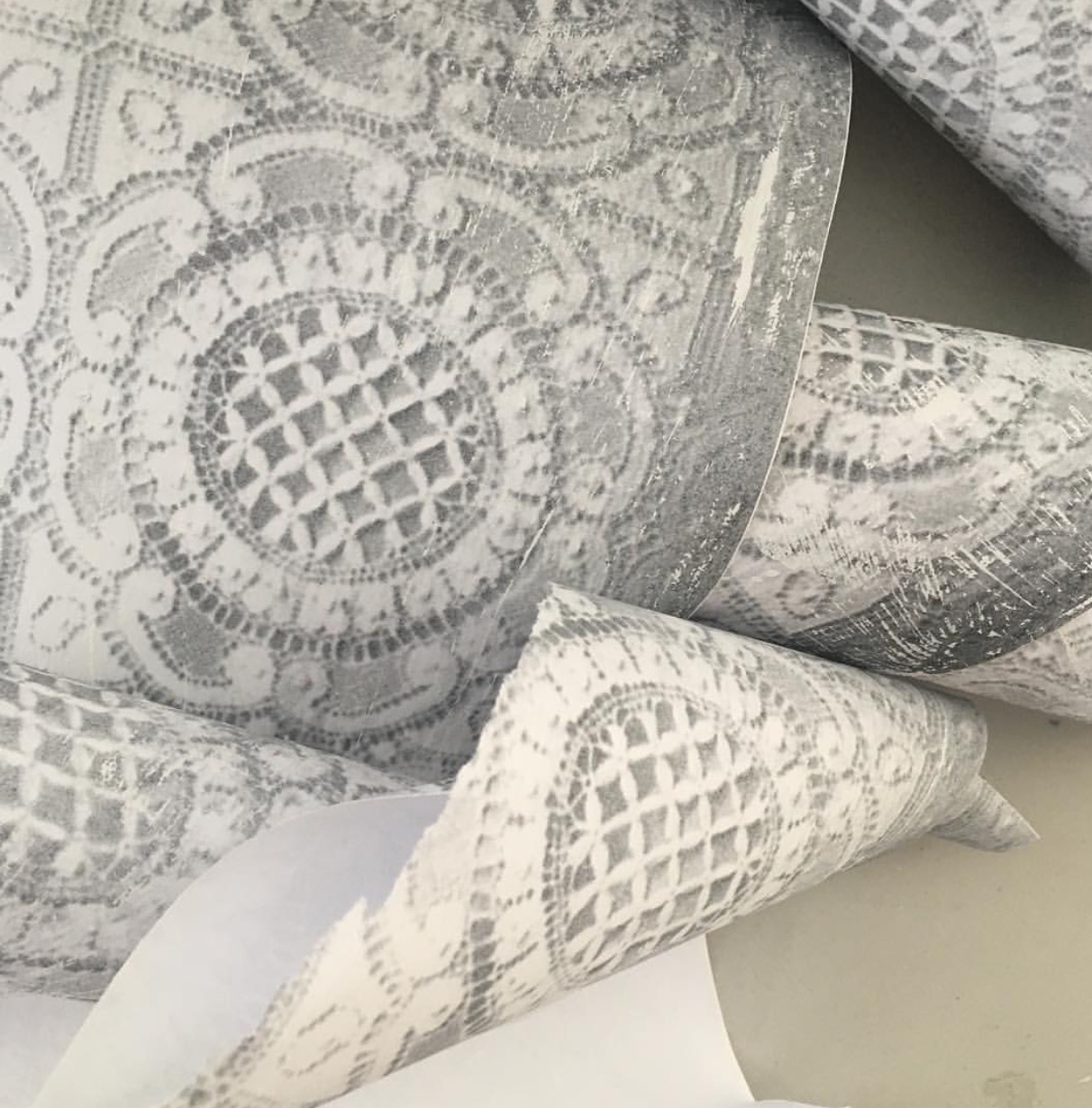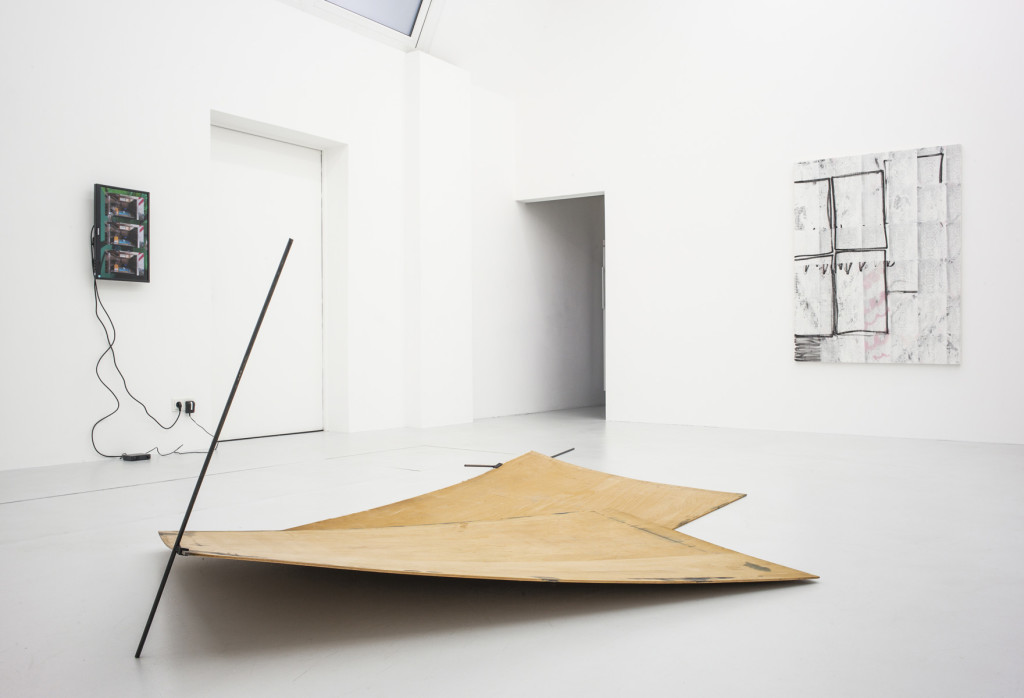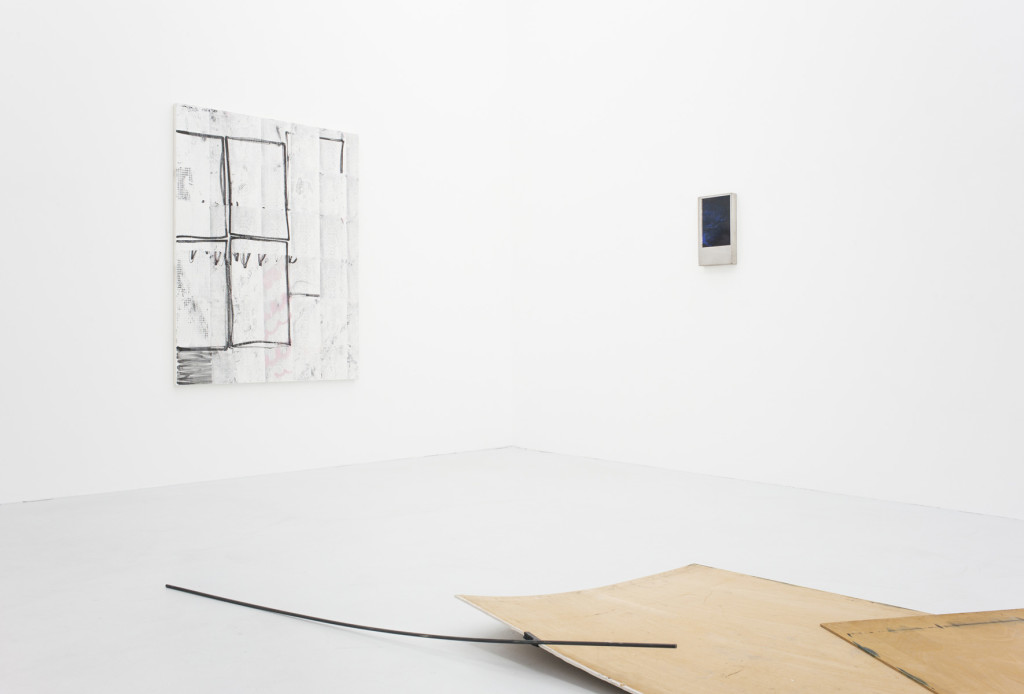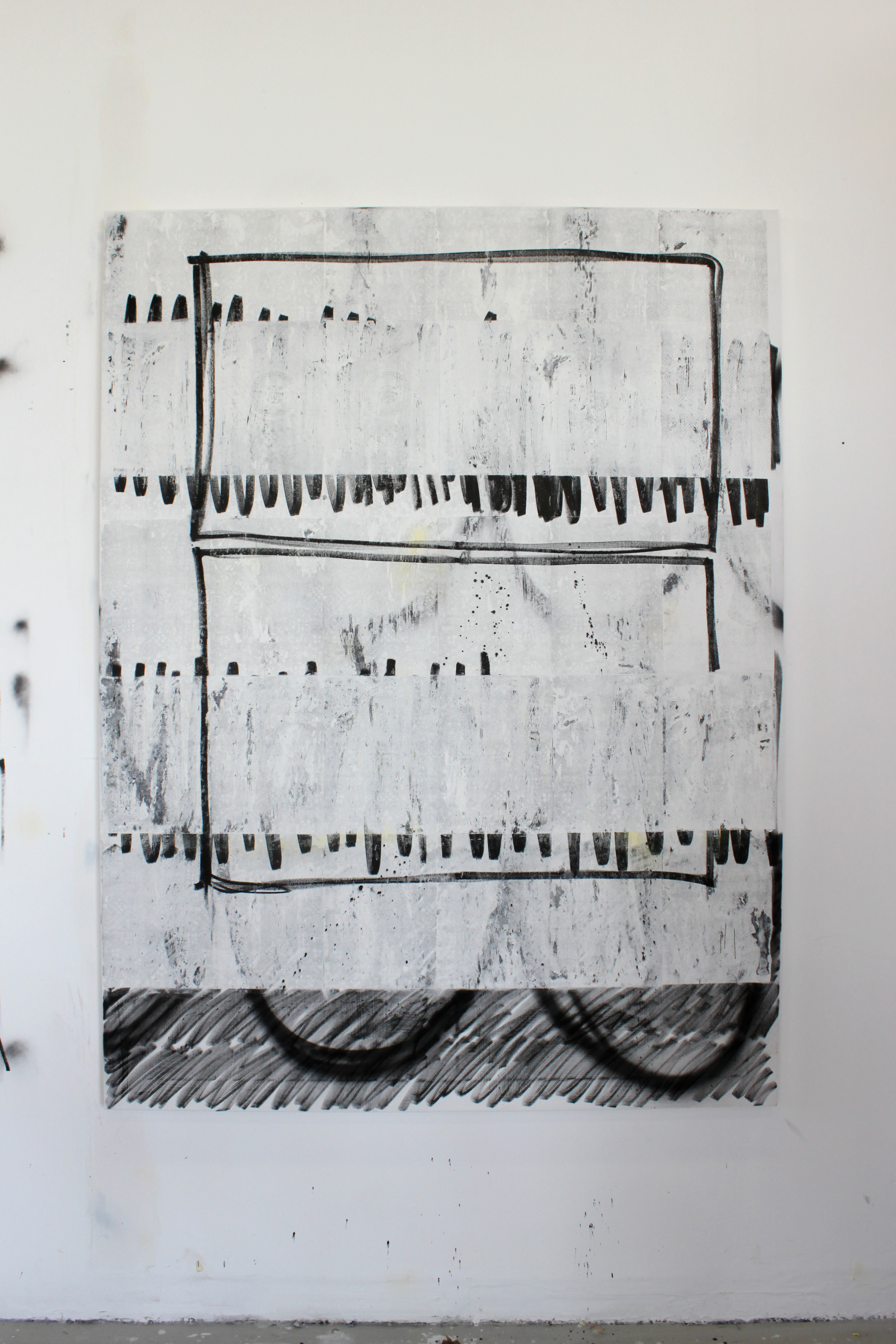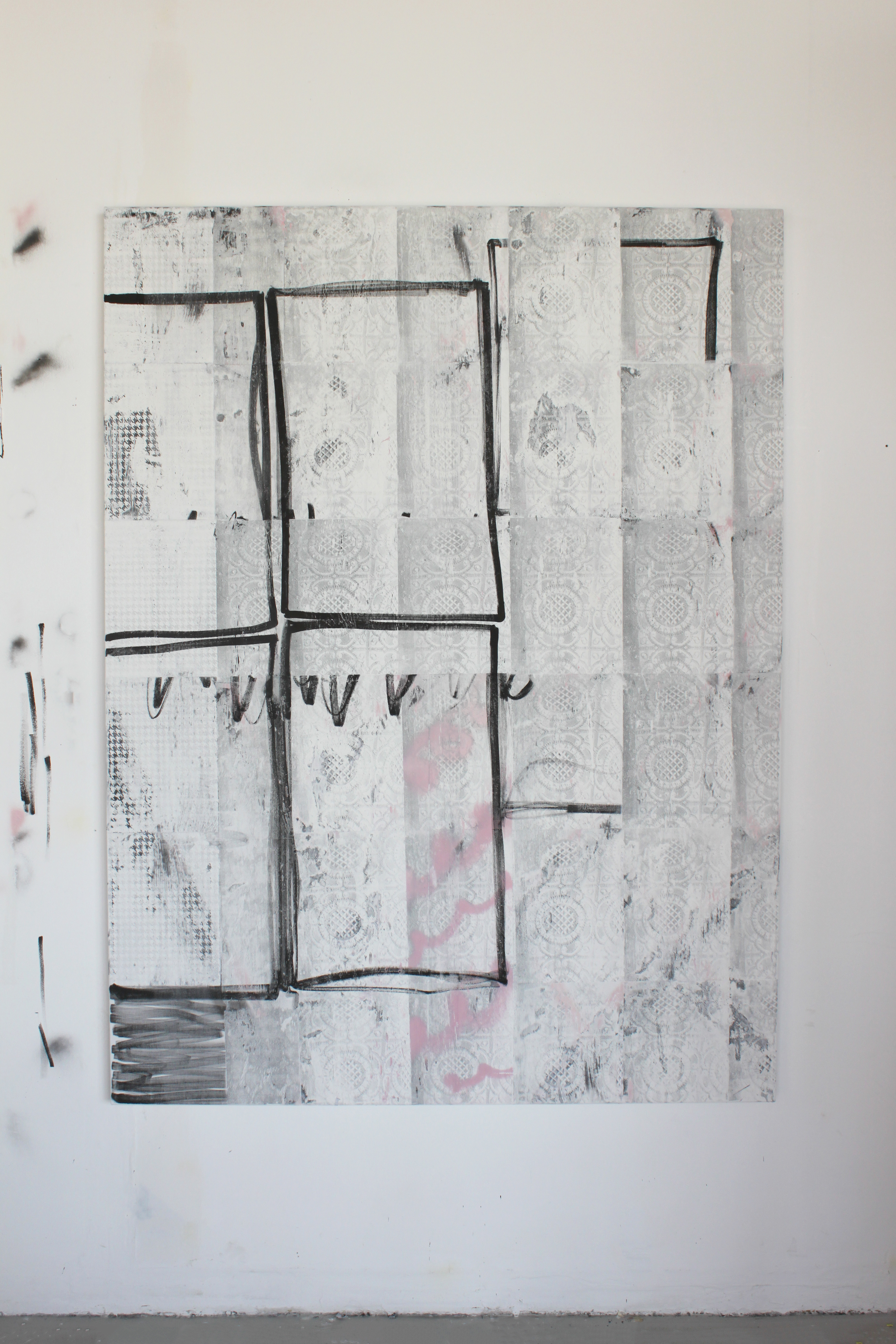Q&A With Daniel Davies
Q: Can you tell me about your background?
I grew up in a small seaside town in England called Blackpool. And I studied Fine Art at Northumbria University, Newcastle. I don’t really know what else is interesting to tell you?
Q: What was the first artwork you made?
You’ll have to ask my mother that. But, I did use to collect pebble from the beach near our house and then draw a hamsters face on them. I suppose this was my first artwork.
Q: Was there a particular moment or event where you decided to become an artist?
There wasn’t ever a moment that I decided, it has just progressed that way. I do remember seeing The Slade’s degree show catalogue while in secondary school. It was different to what we were looking at and that excited me. That was when I knew I wanted to make art.
Q: What influences you?
Everything in life does. In particular, the varying feeds of information we’re fed every day, either through a digital device, a publication or any form of advertising. I watch television, scroll through my phone or look through a magazine. We are constantly in a state of flux with information. All we want is more and more but yet it still never satisfies us. For example, I’m addicted to various forms of social media. I can spend hours scrolling through countless amounts of images, videos and gifs but yet I walk away with nothing. I’m invested in it and I have no idea why.
And that is kind of where my practice started really. I was so dissatisfied with how people see things and how we acquired them that it became the work. The repetition of an image feed and the degradation of quality. Most recent works have largely been influenced by textiles and how the handmade process has become a digital one. When as artist who likes the opposite it’s hard thing to negotiate. I want the actual object. I want to see and feel the craft that has gone in to making things. This is something I don’t get when viewing a digital image. I can only imagine.
Q: What is most important to you regarding your work: The visual outcome. The Process. The material? Or something else?
I think all are important aspects of the work, because one informs another. I have to find it visually interesting or it won’t be seen by anyone else. There is a lot I make that I don’t share. But It’s for me to sit with, to learn from and to make the new work happen. That doesn’t necessarily mean it is bad, it’s just not time for anyone to see it. We can’t make great work all the time, although it kills me to give up on a piece.
The process I use is key to what the work is about. I use found images or scanned in objects that are printed, photocopied and then image transferred. I take something that is handmade and has a lengthy process to start with and flatten it through the form of a digital process.
For material choice I like to use materials that are instant and can’t be changed over time. I find the possibilities of oil paint to daunting, the history of it and what that comes with. But also the way I can paint one day and then the next change it to be something completely different. I get itchy fingers so it would happen a lot.
Q: The process and the choice of material and ideas surrounding your work, can you tell us more about it?
I feel like I might repeat myself here in some parts, so let’s just say it’s an extension of the previous answers. The paintings tile, repeat and reproduce the image to signify the way we access information at a faster rate. Layering up processes, from digital to hand made. They merge, crossing boundaries of paint, print and drawing. Acting as a confused object from having to deal with the dissatisfaction of the world we live in. With the loss of process to digital technology the paintings try to renegotiate the new image in a physical space. The chosen image/s is the starting point to each work. They are scanned in objects or found imagery that are printed then photocopied, resulting in poor quality. This is then transferred to the canvas and repeated. Each painting consists of many layers that are combined with drawing, using an acrylic paint pen. The drawing is to signify the presence of the artist hand and resemble that of a doodle in a notebook or sketchbook. Each painting is me longing for the physical/ the hand made and wanting to satisfy the sense of touch, something you don’t get from the digital.
Briefly touching on how the ideas around the works are developing. I have started to become interested in catalogues and fake images. More so to do with the home. How we look to something for inspiration but yet it’s a forced idea of the perfect scenario. The flattening of objects and how we try to renegotiate them in the physical world. The idea of throw away culture and the need to define the space in which we live in. Constantly wanting to change the rooms in our homes and how we aspire to have what we’re fed through catalogue images even though its largely false fed information. This work is new and work in progress so I am still trying to work things out.
Q: Can you tell me more about your routines and rituals in your daily practice?
It usually starts with a coffee and ends with a coffee, the stuff in between varies. When I go to the studio, I have to kind of forget everything I’ve read and seen in order for the work to materialise. I can get to in to research and over thinking, it stops the making happening. Don’t know why, I think I’m just easily distracted. Or just always looking for something else to do.
Q: Can you let us in on some of the future projects, works?
To continue in the studio, making new work and try out new ideas. There’s a lot to work on. Stuff I need to find answers to. If I get to share them, then I consider myself lucky.
